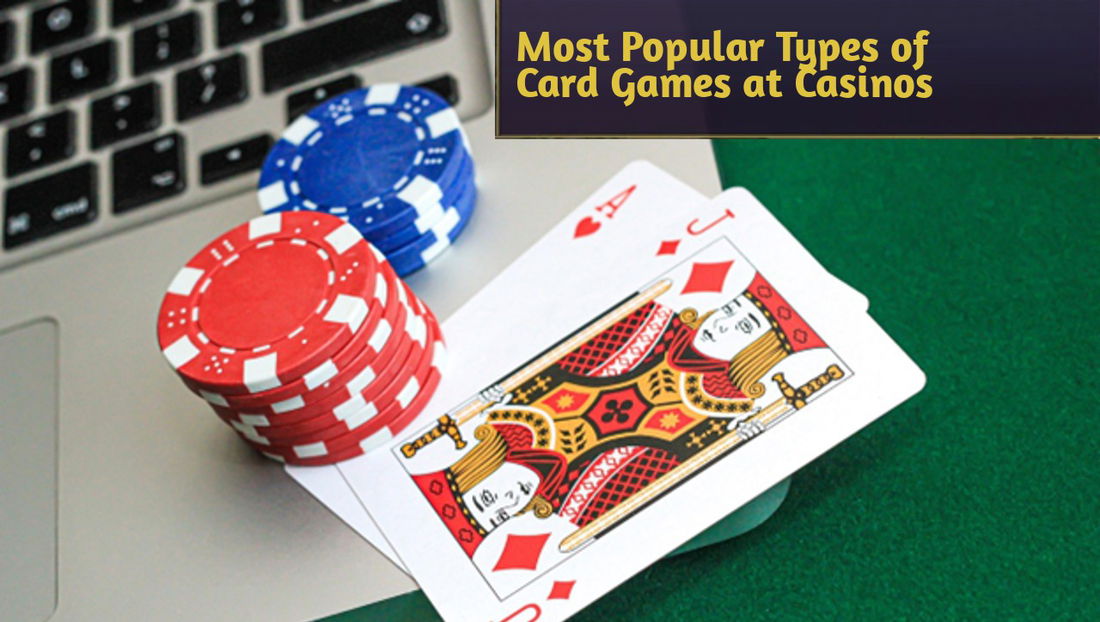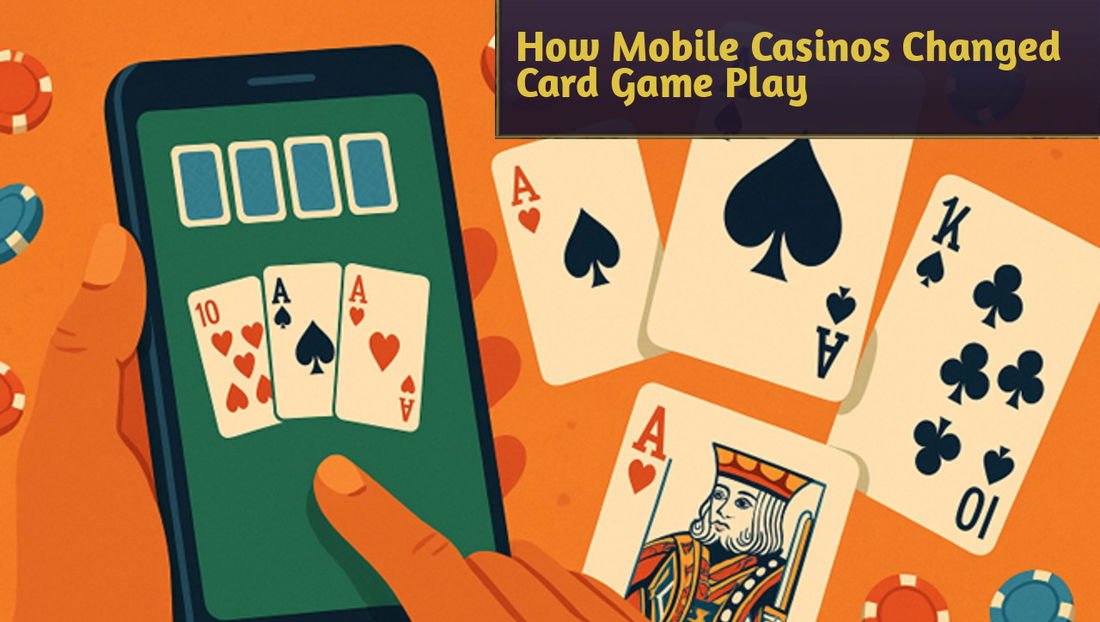Beauty as a Cultural Communicator
Africa’s beauty renaissance isn’t just about formulas and ingredients—it’s also about storytelling. As new-generation African beauty brands break into global markets, their rise has as much to do with identity and design as with skincare science. These brands are crafting narratives through their packaging, redefining how African aesthetics are perceived around the world.
What once might have been dismissed as “local” or “ethnic” is now global and aspirational. With branding that draws from ancestral symbols, textile patterns, and indigenous color palettes, African beauty products are becoming cultural artifacts that carry not only moisturizing agents but messages. These messages speak of heritage, resilience, climate-conscious sourcing, and unapologetic Black beauty.
Design as Strategy, Not Decoration
In a global market flooded with minimalist monochrome bottles and pharmaceutical-looking jars, African brands are zigging where others zag. Instead of stripping back, they’re leaning into bold visuals—metallic lettering, hand-drawn maps, motifs inspired by kente cloth or Fulani jewelry. These aren’t decorative afterthoughts; they’re part of a deliberate business strategy.
Founders understand that global consumers want authenticity, but also sophistication. Packaging, in this context, is more than a vessel. It’s the first handshake. Brands like R&R Luxury, Kadalys, and Nilotica are blending West African shea traditions with global eco-design trends, proving that a bottle can say as much as an ad campaign.
Local Languages, Global Grammar
Typography and labeling decisions also play into the exportability of these brands. Some are choosing to retain words in local dialects—like Yoruba or Swahili—not just for authenticity but as linguistic branding. Others pair these terms with globally familiar descriptions, creating a hybrid lexicon that intrigues both local and international audiences.
Ad
This multilingual branding isn’t limited to names. It appears in product descriptions, social campaigns, and even QR-code–linked storytelling portals. It’s a subtle but powerful statement: African beauty doesn’t need to be translated to be understood—it can speak for itself.
Read also: Africa’s New Wave of Export-Ready Beauty Brands
Supply Chain as Identity Chain
For African beauty entrepreneurs, the packaging often starts long before the design process—with ethical sourcing. Many brands make the origin of their ingredients central to their visual identity. This isn’t just about clean beauty—it’s about ownership and transparency.
Take Ghanaian brand Kaeme, which uses recycled glass jars and prints batch origins on every label. Or Kenya’s Marini Naturals, which incorporates the faces of local women in its visual campaigns, tying the product directly to its community roots. Even minimalist packaging carries context—symbols that reflect soil, climate, or lineage.
Here, visual design becomes a tool of provenance. It communicates to the customer not only what the product does, but where it comes from and why it matters.
Disrupting Global Shelf Logic
Walk down the skincare aisle in a Western store and you’ll likely find a narrow palette of packaging: pastel tones, sans-serif fonts, clinical sterility. African beauty brands disrupt this standard. Their packaging demands attention, not assimilation.
Ad
This rebellion is subtle but effective. Instead of conforming to Eurocentric shelf aesthetics, these brands expand what that shelf can look like. They don’t ask for space—they claim it. And consumers respond. The bold visuals often stand out on social media as much as they do on retail shelves, creating virality not through gimmicks, but through cultural clarity.
The Card Culture Connection
Interestingly, there’s a growing convergence between African beauty branding and collectible culture. Limited edition product runs, artist collaborations, and serial-numbered packaging are becoming common in the sector—blurring the line between beauty and collector economies. In some ways, it mirrors the logic of card collecting: rare, story-driven, and community-validated.
Just as Football Predictions rely on stats and instinct to guide decision-making, beauty collectors are following packaging drops, ingredient shifts, and brand lore with the same forensic interest. The emotional investment is similar: part admiration, part personal expression, part cultural signaling.
Beyond the Bottle: Augmented and Immersive Design
Some African brands are now experimenting with augmented reality (AR) packaging, where scanning a label triggers a video about the farmer who grew the baobab used in the lotion. Others include scannable codes that play music rooted in the product’s cultural region or offer styling tutorials using traditional techniques.
This kind of interactive design expands the product into an experience—an innovation that aligns with Africa’s oral and performative traditions. Rather than static text, the packaging becomes a portal into an ecosystem of stories, music, ingredients, and memory.
Export-Ready, But Homegrown
Ad
Despite their growing international appeal, the most successful African beauty brands remain grounded in their origins. They don’t aim to be “global” by erasing local specificity—they become global by amplifying it. That strategy is most visible in how they package themselves: not as exotic alternatives, but as full-fledged participants in the global beauty conversation.
For African founders, packaging isn’t the final step in production—it’s part of the message. A message that says: we’ve always had the knowledge, the style, the innovation. Now we have the language—and the visuals—to share it on our own terms.







— Comentários 0
Seja o primeiro a comentar